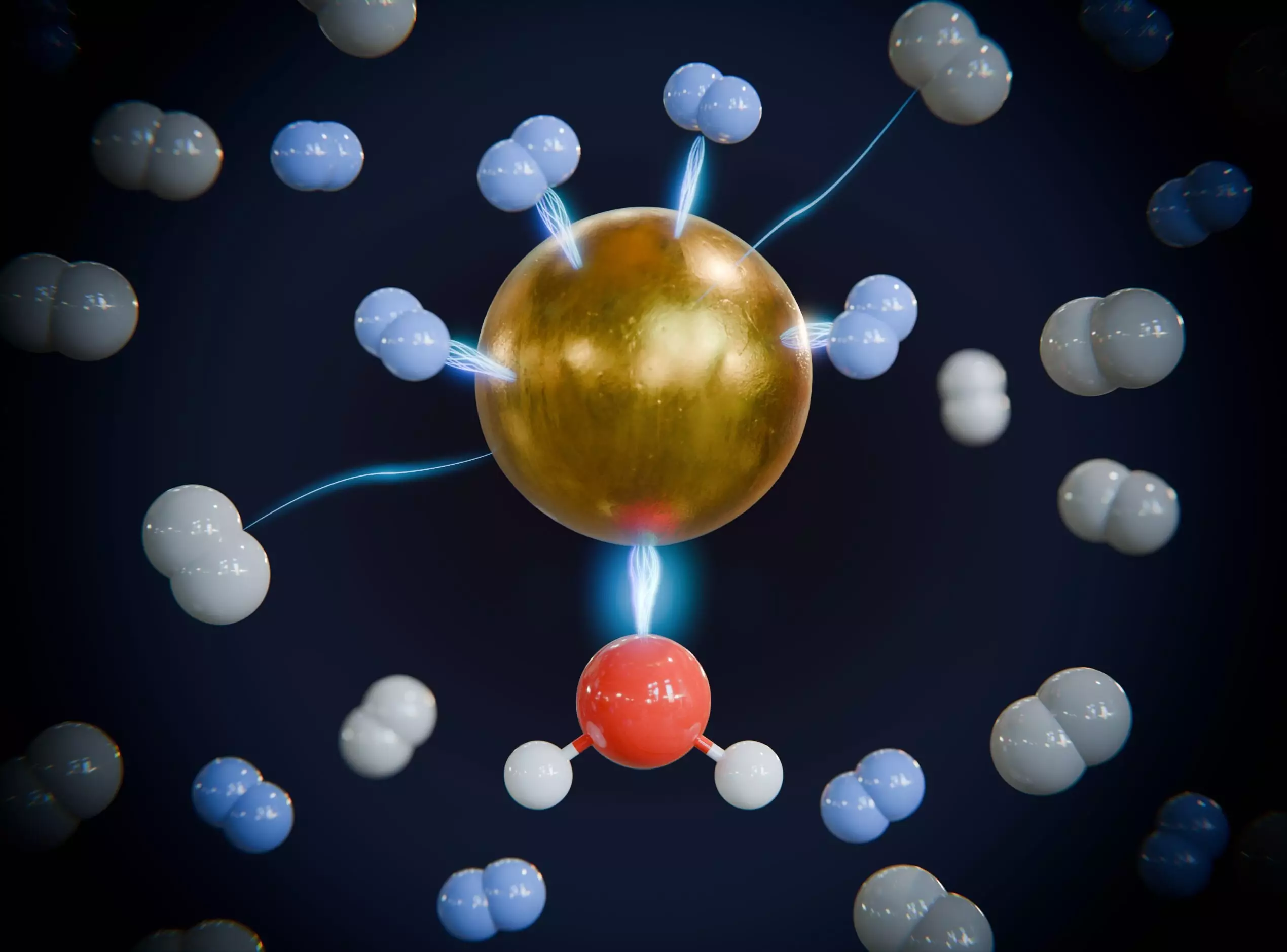Hydrogen, the most abundant element in the universe, is increasingly recognized for its potential as a sustainable energy source, particularly during the ongoing transition toward cleaner energy systems. Among its isotopes—protium, deuterium, and tritium—each plays a unique role in scientific and industrial applications. The quest to harness these isotopes efficiently and cost-effectively has been a focal point of research, especially with an eye toward sustainable solutions for energy production. A recent study conducted by a collaborative team from Leipzig University and TU Dresden has marked a significant milestone in this arena.
The research being conducted under the Hydrogen Isotopes 1,2,3H Research Training Group aimed to address a critical barrier in the field: the effective separation of hydrogen isotopes at ambient temperatures and reduced costs. The traditional methods for separating these isotopes often necessitate extreme conditions, typically involving low temperatures around minus 200 degrees Celsius, which raises concerns regarding feasibility on a broader industrial scale due to high energy demands and cost implications.
Recent findings published in the journal Chemical Science present a groundbreaking mechanism wherein hydrogen isotopes can be separated through the use of porous metal-organic frameworks (MOFs). These materials allow for the potential adsorption of hydrogen isotopes, an essential process that can facilitate their isolation based on differing selectivity. The efficiency and economic viability of this approach could have profound implications for the development of hydrogen as a primary energy carrier.
At the core of the researchers’ breakthrough is the understanding of how various isotopes interact with the defined environments within these metal-organic frameworks. Protium (hydrogen-1) is the most prevalent isotope, while deuterium (heavy hydrogen) is gaining traction in specific fields such as pharmaceuticals and materials science. Tritium, on the other hand, is pivotal for nuclear fusion, a long-discussed yet not fully realized sustainable energy source.
The team—comprising doctoral researchers Elvira Dongmo, Shabnam Haque, and Florian Kreuter, under the guidance of Professors Thomas Heine, Knut Asmis, and Ralf Tonner-Zech—has illuminated how the framework materials influence isotope adsorption. This critical step addresses a long-standing issue: the very similar physical properties of hydrogen isotopes complicate their distinct separation. By employing advanced spectroscopy techniques, coupled with quantum chemical calculations and binding analyses, the researchers have gained insights into the atomic interactions at play, allowing for optimization of materials that favor specific isotopes.
The implications of this work resonate beyond the academic sphere; they cut across various fields, from energy production to pharmaceuticals. The potential for room-temperature isotope separation aligns seamlessly with contemporary priorities regarding sustainability and cost reductions. Enhanced access to deuterium could further facilitate advancements in drug development and precision medicine, whereas tritium’s availability could spark new life into nuclear fusion ventures.
Professor Heine remarked on the significance of this discovery, highlighting how it reveals the nuanced influences of MOF frameworks on adsorption behavior. This understanding lays the foundation for engineering materials with enhanced selectivity, ultimately leading to more efficient isotope separation methods.
As the world grapples with the challenges of climate change and energy sustainability, innovations in the field of hydrogen isotope separation present promising pathways forward. The combined efforts of multidisciplinary teams like the one at Leipzig University and TU Dresden illuminate a horizon for renewable energy that was previously shrouded in complexity. With continued research and collaborative efforts, the dream of harnessing hydrogen as a predominant energy resource may soon become a reality.

